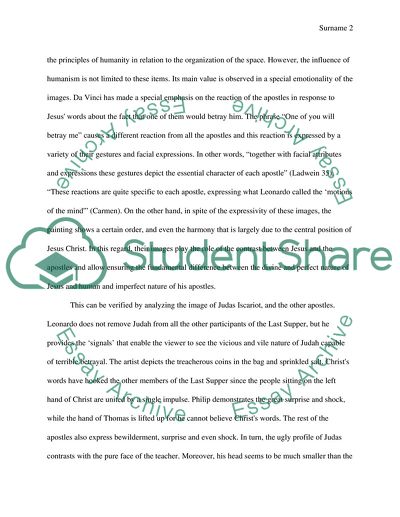Cite this document
(“The Last Supper by Leonardo Da Vinci and Jacopo Tintoretto Term Paper”, n.d.)
The Last Supper by Leonardo Da Vinci and Jacopo Tintoretto Term Paper. Retrieved from https://studentshare.org/visual-arts-film-studies/1700339-the-last-supper-by-leonardo-da-vinci-and-jacopo-tintoretto
The Last Supper by Leonardo Da Vinci and Jacopo Tintoretto Term Paper. Retrieved from https://studentshare.org/visual-arts-film-studies/1700339-the-last-supper-by-leonardo-da-vinci-and-jacopo-tintoretto
(The Last Supper by Leonardo Da Vinci and Jacopo Tintoretto Term Paper)
The Last Supper by Leonardo Da Vinci and Jacopo Tintoretto Term Paper. https://studentshare.org/visual-arts-film-studies/1700339-the-last-supper-by-leonardo-da-vinci-and-jacopo-tintoretto.
The Last Supper by Leonardo Da Vinci and Jacopo Tintoretto Term Paper. https://studentshare.org/visual-arts-film-studies/1700339-the-last-supper-by-leonardo-da-vinci-and-jacopo-tintoretto.
“The Last Supper by Leonardo Da Vinci and Jacopo Tintoretto Term Paper”, n.d. https://studentshare.org/visual-arts-film-studies/1700339-the-last-supper-by-leonardo-da-vinci-and-jacopo-tintoretto.


